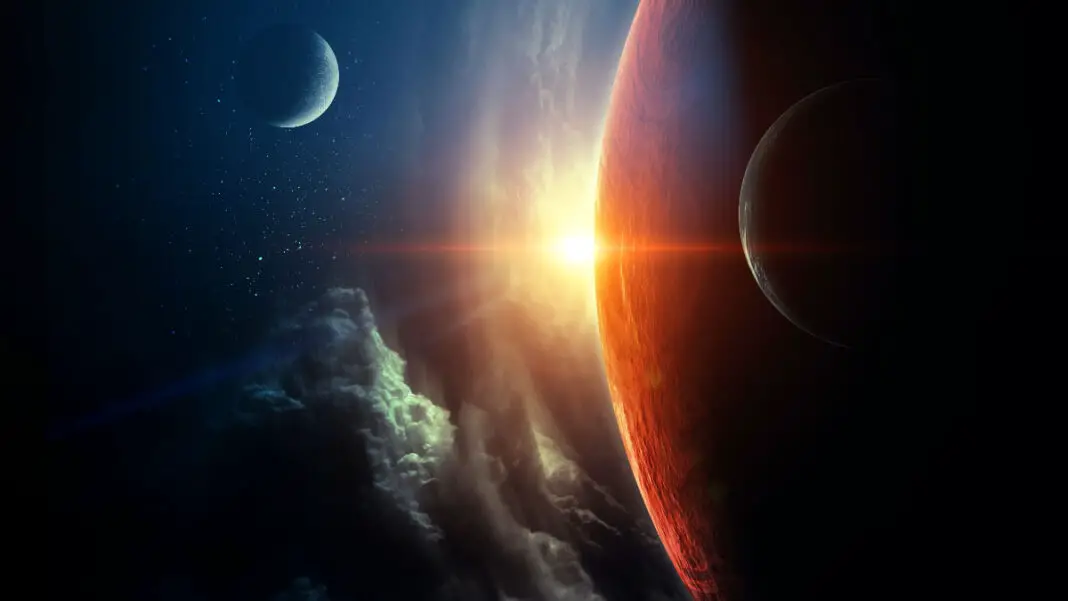The James Webb Space Telescope observed a unique structure resembling a cat’s tail in the Beta Pictoris star system.
This nearby system, just 63 light-years away from Earth, has long fascinated scientists for its various interesting properties.
This structure, called the cat tail, is one of several recently detected features in this young planetary system that has intrigued astronomers.
The research team produced a detailed image of this structure located around already known primary and secondary debris disks.
Webb’s advanced imaging capabilities through the Near Infrared Camera (NIRCam) and Mid-Infrared Instrument (MIRI) delivered extraordinary insights that exceeded initial expectations.
The Beta Pictoris system is particularly notable for its bright star, complex stellar environmental environment, and multiple components, two exoplanets, and exocomets.
Isabel Rebollido, the study’s principal investigator, highlights unexpected findings from Webb’s observations, such as two different types of materials around the system.
The cat tail and the adjacent debris disk show higher temperatures compared to the main disk, further surprising scientists.
The significance of this discovery extends to future research possibilities discussed in a recent paper presented at the 243rd meeting of the American Astronomical Society in New Orleans.
This phenomenon provides an opportunity for further study and investigation to better understand celestial mechanics.
